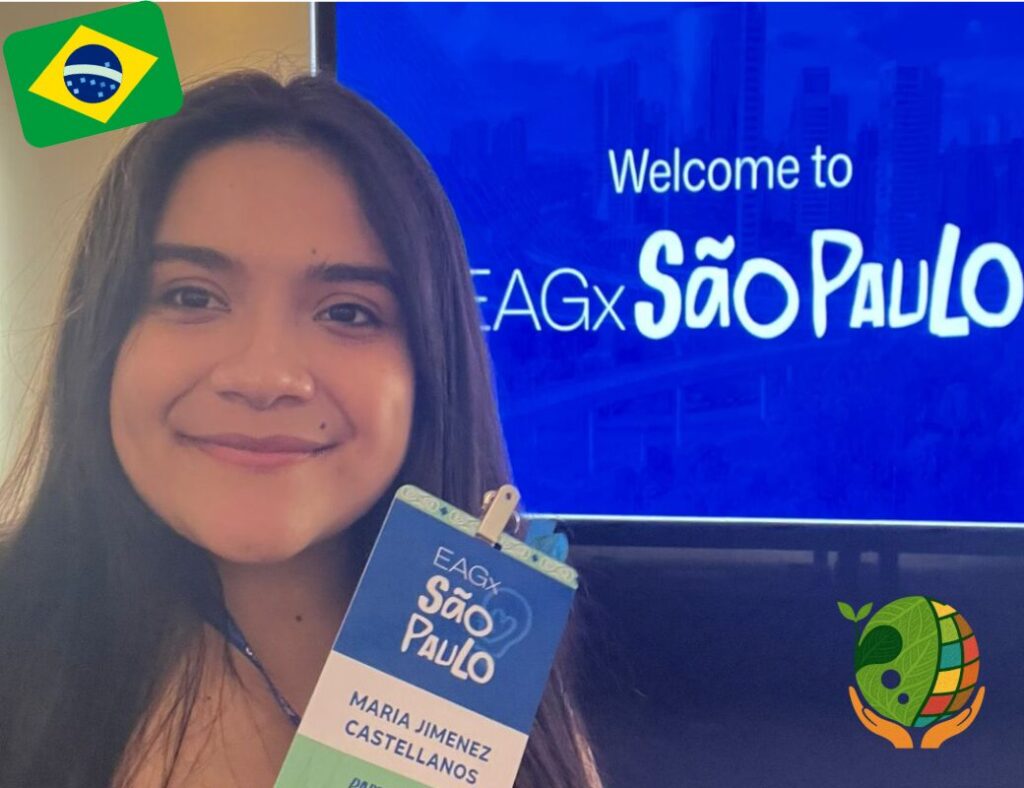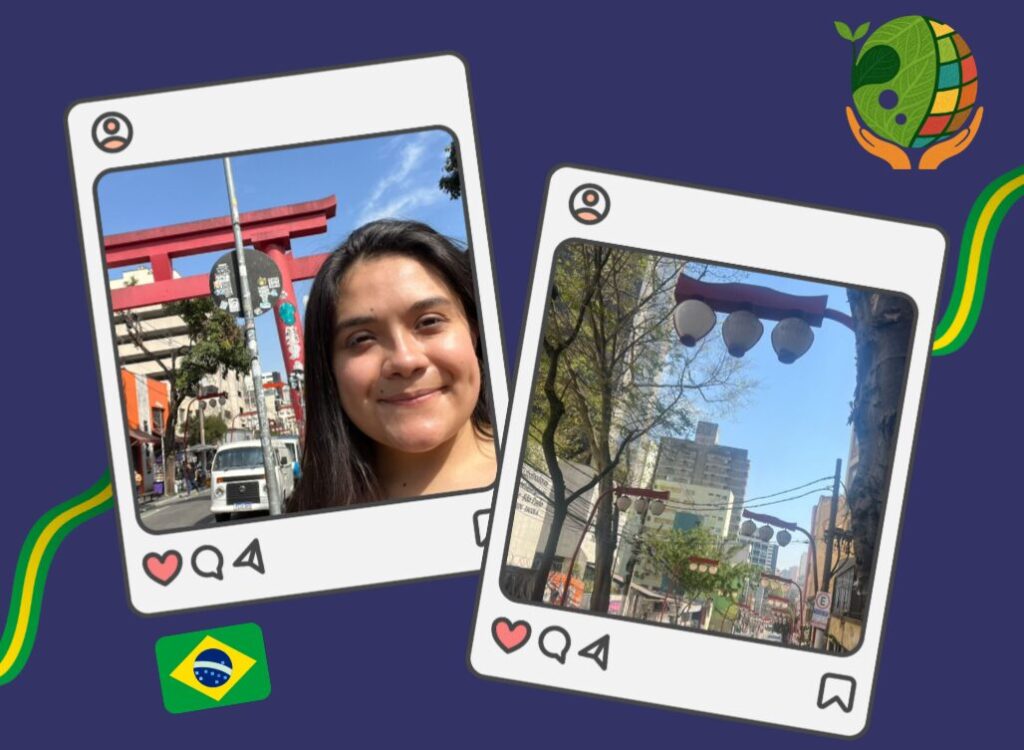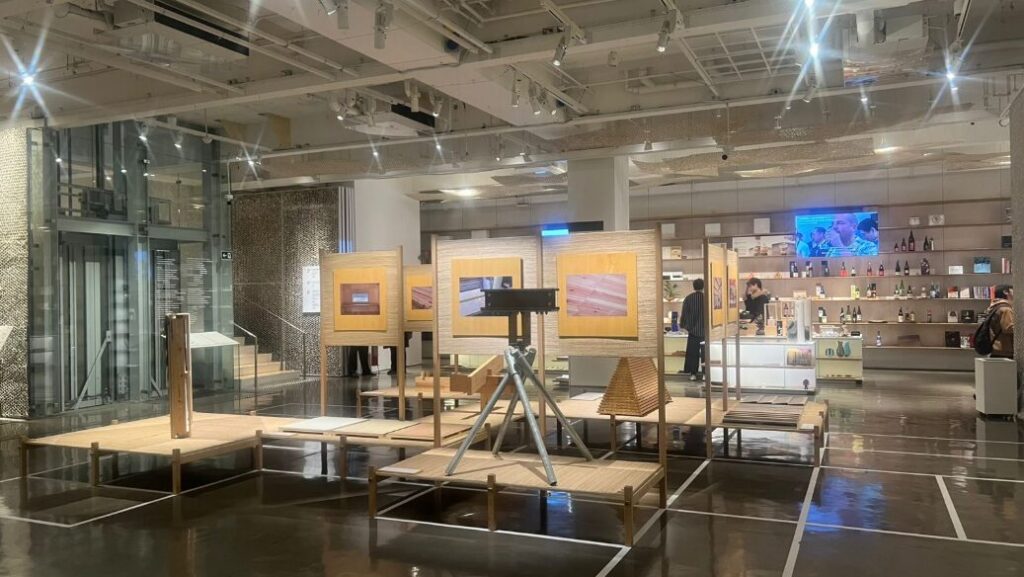At GOROM Association, we love seeing how our SEED Alumni continue to explore the world and connect their journeys with the program’s mission. Today we share the words of a SEED 2024 alumni from Universidad de los Andes (Colombia), Maria Alejandra Jimenez Castellanos, who recently visited São Paulo and reflected on her experience in the Japanese neighborhood of Liberdade. Here is her story in her own words.


Maria Alejandra: “From August 18 to 25, I had the opportunity to participate in EAGxSão Paulo, an event designed for young leaders working or planning their careers in areas such as global poverty and development, global health, animal welfare, and existential risks (AI, biosecurity, nuclear threats, and extreme climate events).”

“The conference took place in the Japanese neighborhood of Liberdade, where I also stayed. It was a fascinating experience, not only because I was able to explore the fifth most populous city in the world, but also because I discovered a place deeply connected to my own academic and professional journey. Liberdade is home to the largest Japanese migrant community in Brazil and was the neighborhood that inspired my project during the Seed Program 2024, where we worked on introducing Japanese wine into local restaurants and supermarkets.”

“Beyond enjoying traditional dishes again and strolling through supermarkets filled with Japanese sweets, I immersed myself in the history of Japanese migration to Brazil. I visited the Museu Paulista, where I learned about the early chapters of this migration, and the Japan House, which was hosting an exhibition on prefabricated housing in Japan, along with sections on tatami mats, the Hiroshima cranes, and their global message of peace. Finally, I explored the Historical Museum of Japanese Immigration in Brazil, a space that documents how Japanese communities spread across the provinces, their cultural and economic contributions, and their role in shaping contemporary Brazilian society.”
“This experience allowed me not only to connect my academic interests with the living history of Japanese migration but also to reflect on the importance of cultural ties that transform entire cities and enrich the ways in which we inhabit the world.”
